South West England just keeps you guessing. One minute I’m catching waves on Cornwall’s wild Atlantic coast, the next I’m wandering ancient cobblestone streets, feeling like I’ve stepped into another era. Every day brought something fresh, whether it was hiking the South West Coast Path or digging into seafood straight from the harbor.
This region mixes natural beauty, deep history, and food I can’t stop thinking about. I surfed, wandered through wild moorlands, explored places like Stonehenge, and devoured scones still warm from the oven. These moments became some of my favorites.
If you’re planning a trip or just daydreaming about your next escape, here are my top 10 experiences you’ll only find in South West England. Each left a mark—and maybe they’ll spark your own adventure.
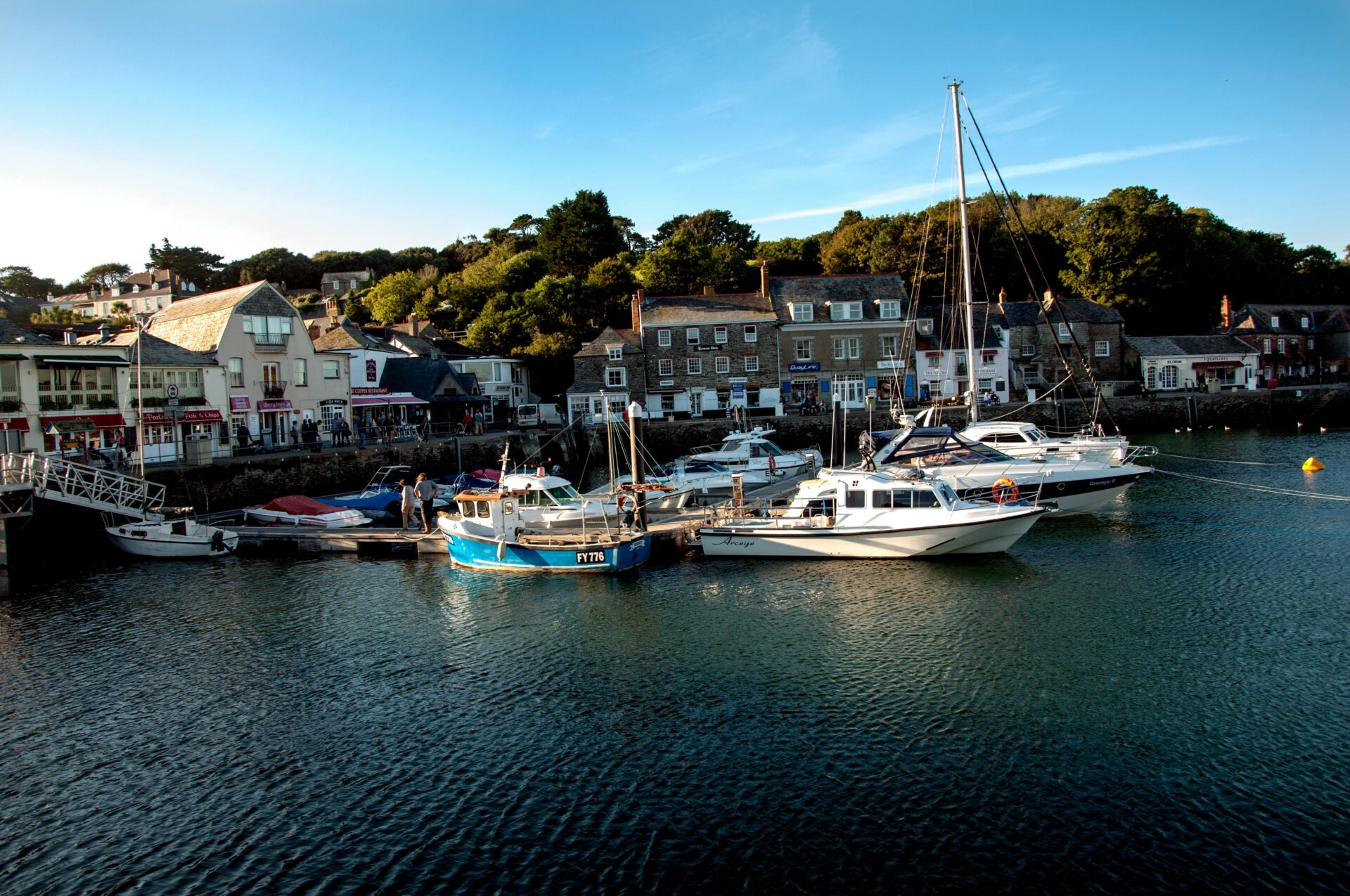
Epic Surfing Escapades Along the Coast
The coastline here handed me salty hair, new friends, and stories I’ll be telling for years. South West England’s beaches offer world-class surf, but also quiet stretches where families can splash and learn together.
Top Surf Spots in Cornwall
Cornwall really is England’s surfing heart. I loved watching surfers, wetsuits half-zipped, dash across golden sand at Croyde Bay and Porthleven. The waves suit everyone, from total newbies to pros. Fistral Beach in Newquay stood out for me—it’s famous for steady swells and a buzzing surf scene.
I also found quieter spots like Spekes Mill and Lynmouth. These places felt peaceful and let me soak up the countryside. Even in the middle of summer, I never felt boxed in by crowds.
If you’re mapping out a surf trip, here’s a quick cheat sheet:
| Location | Wave Type | Crowd | Skill Level |
|---|---|---|---|
| Fistral Beach | Powerful, steady | High | All levels |
| Croyde Bay | Fast barreling | Medium | Intermediate |
| Porthleven | Reef break | Low | Advanced |
| Spekes Mill | Gentle waves | Low | Beginners |
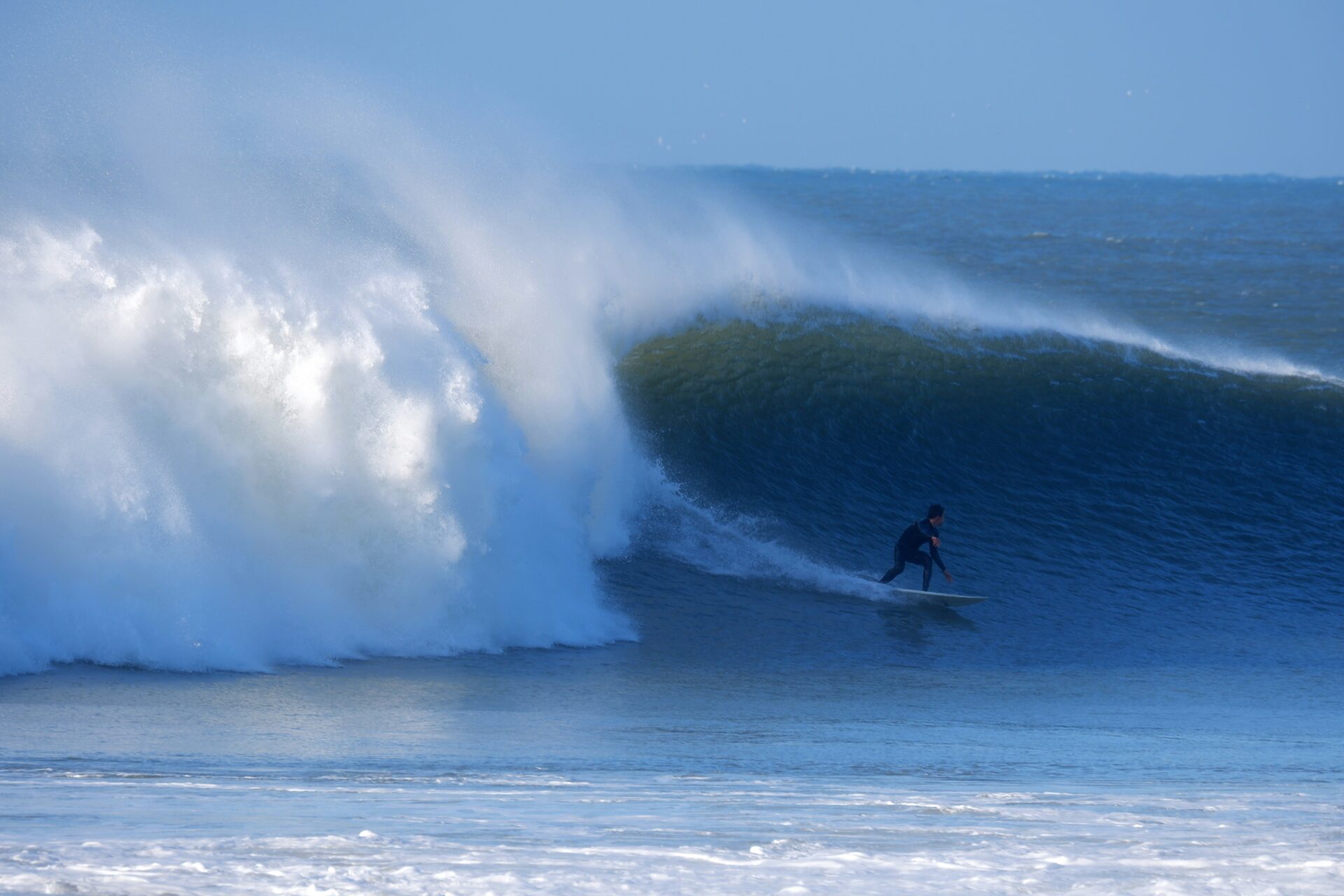
Best Time for Catching Waves
Timing really shapes your surf experience in Cornwall. I found the best waves between September and November—the crowds thin out, and the Atlantic wakes up. With a decent wetsuit, the water’s still comfortable.
Spring isn’t bad either, with milder winds and warmer days. I liked hitting the beach early, chasing clean, glassy waves before anyone else showed up. Winter brings bigger swells, but it’s definitely for the more experienced.
If you’re just starting out, book a lesson midweek in late spring or early fall. I tried Aloha Surf School—they made everything easy and safe, even for total beginners.

Family Memories from the Beach
Surfing as a family gave us some of our best memories. At places like Spekes Mill, the gentle waves helped everyone get the hang of it, even the nervous ones. Instructors cheered us on, and every little success felt huge.
Afterwards, we’d grab chips and hot chocolate from the nearest café. The vibe was always relaxed—kids played in the sand, and I could just watch the waves roll in. Even rainy days turned into adventures, with plenty of laughs and sandy feet by sunset.
Family-friendly surf camps popped up everywhere. They mixed lessons with games and group fun, so everyone stayed involved. These days taught us patience, teamwork, and gave us stories we still laugh about.
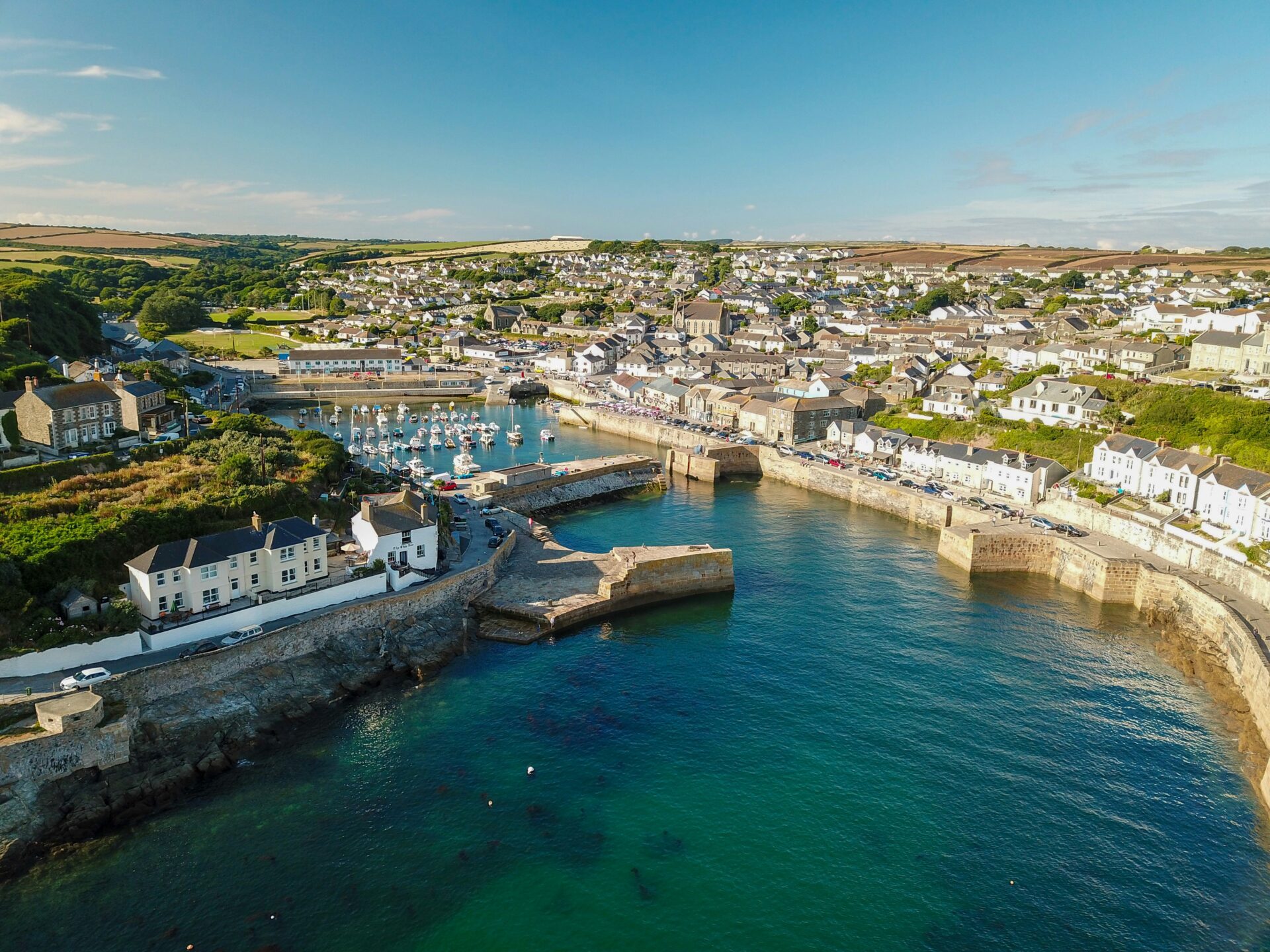
Unforgettable Hiking Trails and Outdoor Adventures
Walking through South West England, I stumbled on endless ways to get close to nature and history. From wild moors to secret woods and wind-blasted cliffs packed with birds, hiking here never bored me.
Dartmoor National Park Highlights
Dartmoor National Park blew me away with its open spaces and moody vibe. Ancient stone circles, rugged tors, and deep valleys set the scene. I started at Haytor, a massive granite lump that’s easy to climb and offers killer views. From the top, I spotted ponies and miles of patchwork fields.
I also loved the trail from Chagford to Fernworthy Reservoir. It cuts through quiet woods and open heath, where I sometimes spotted birds of prey and, if I got lucky, a Dartmoor pony. The weather changed fast, so I always wore layers and packed waterproofs. Paths were usually clear, but fog could roll in quick. I never left without my OS map and compass.

Coastal Path Walks with Wildlife Encounters
The South West Coast Path put me right on the edge of England. Some stretches in Cornwall wind above bright blue water and sheer cliffs. The walk from Marazion to Perranuthnoe stuck with me. I watched seabirds swoop and, at low tide, spotted seals lounging on rocks.
Another favorite took me past Mousehole, where wildflowers spill over the cliffs in spring. Birdwatchers showed up with binoculars, hoping for a rare chough or peregrine falcon. Sometimes, conservation groups set up posts for dolphin or even basking shark sightings. Good shoes are essential here—some paths get rocky and tight.
Wildlife I Spotted:
| Wildlife | Where I Saw Them |
|---|---|
| Dartmoor ponies | Dartmoor open moorland |
| Seals | Along the Cornwall coast |
| Peregrine falcons | Coastal cliffs |
| Dolphins | Offshore near Porthcurno |
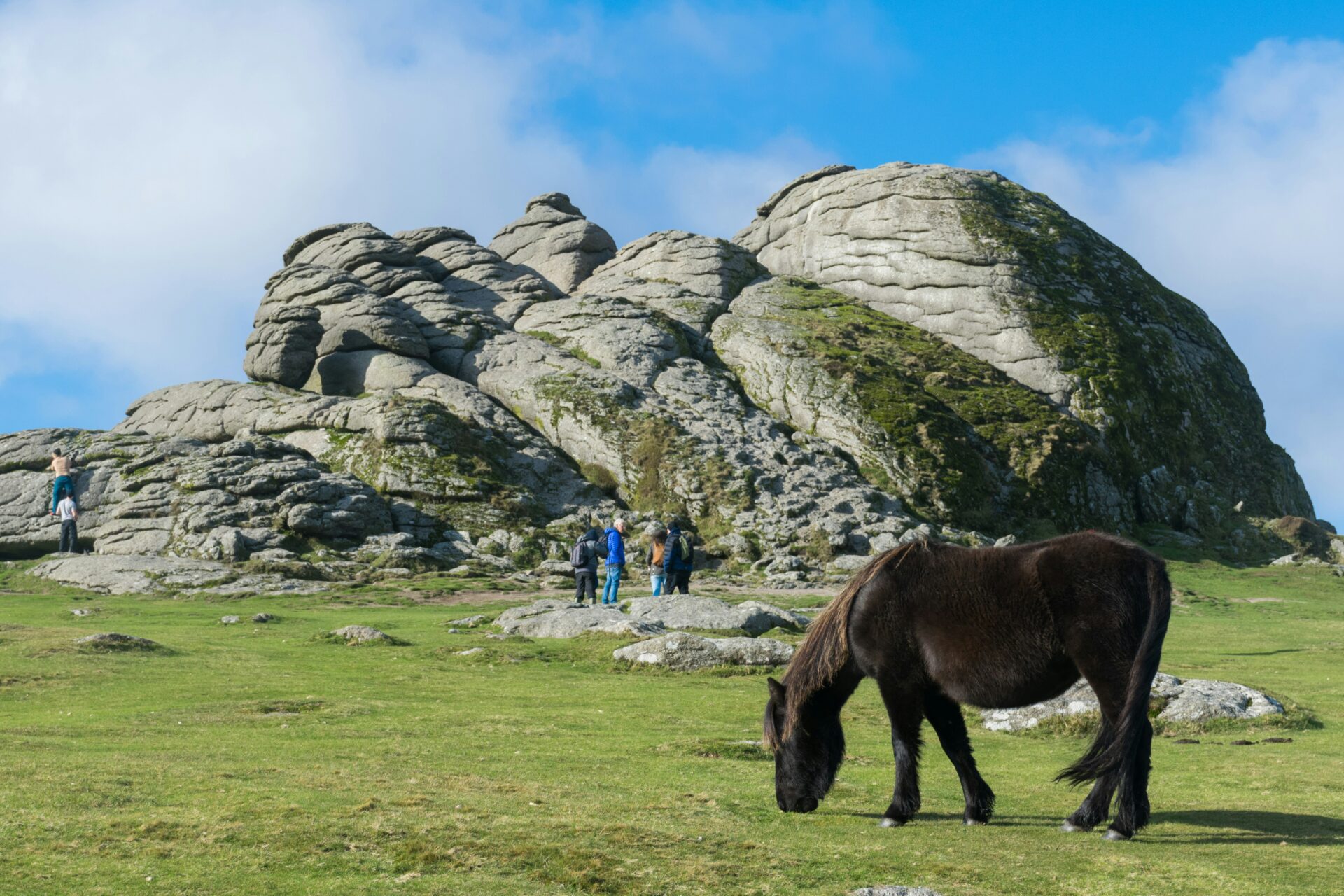
Hidden Woodland Routes
The ancient woodlands in South West England felt almost enchanted. Near Wells or Bath, trails twist through quiet forests and run alongside rivers. In Exmoor, I wandered mossy stones, listened to streams, and walked under twisted old trees.
These shady paths buzzed with life—deer darted between trunks, woodpeckers hammered away, and bluebells carpeted the ground in late spring. Savernake Forest and the River Dart’s banks offered a quieter kind of magic. I liked starting early, catching the woods in the morning mist.
Woodland tips:
- Wear long sleeves—brambles are no joke.
- Bring bug spray, especially in late spring.
- Stick to marked paths so you don’t get lost.

Tips for Safe and Memorable Hiking
Preparation saved me more than once. South West England’s weather flips from sunny to stormy in no time. I always packed:
- A waterproof jacket and comfy, broken-in boots.
- A charged phone (with local emergency numbers).
- Snacks and plenty of water—shops are rare on the trails.
I told someone my route and when I’d be back. Some trails allow dogs, but there’s livestock around, so check before you go. I leaned on Ordnance Survey’s maps, both online and paper.
Even busy trails can empty out in the off-season. I carried a first aid kit and a whistle, just in case. Leave the land as you found it, don’t drop litter, and soak it all in—these wild places have real magic.
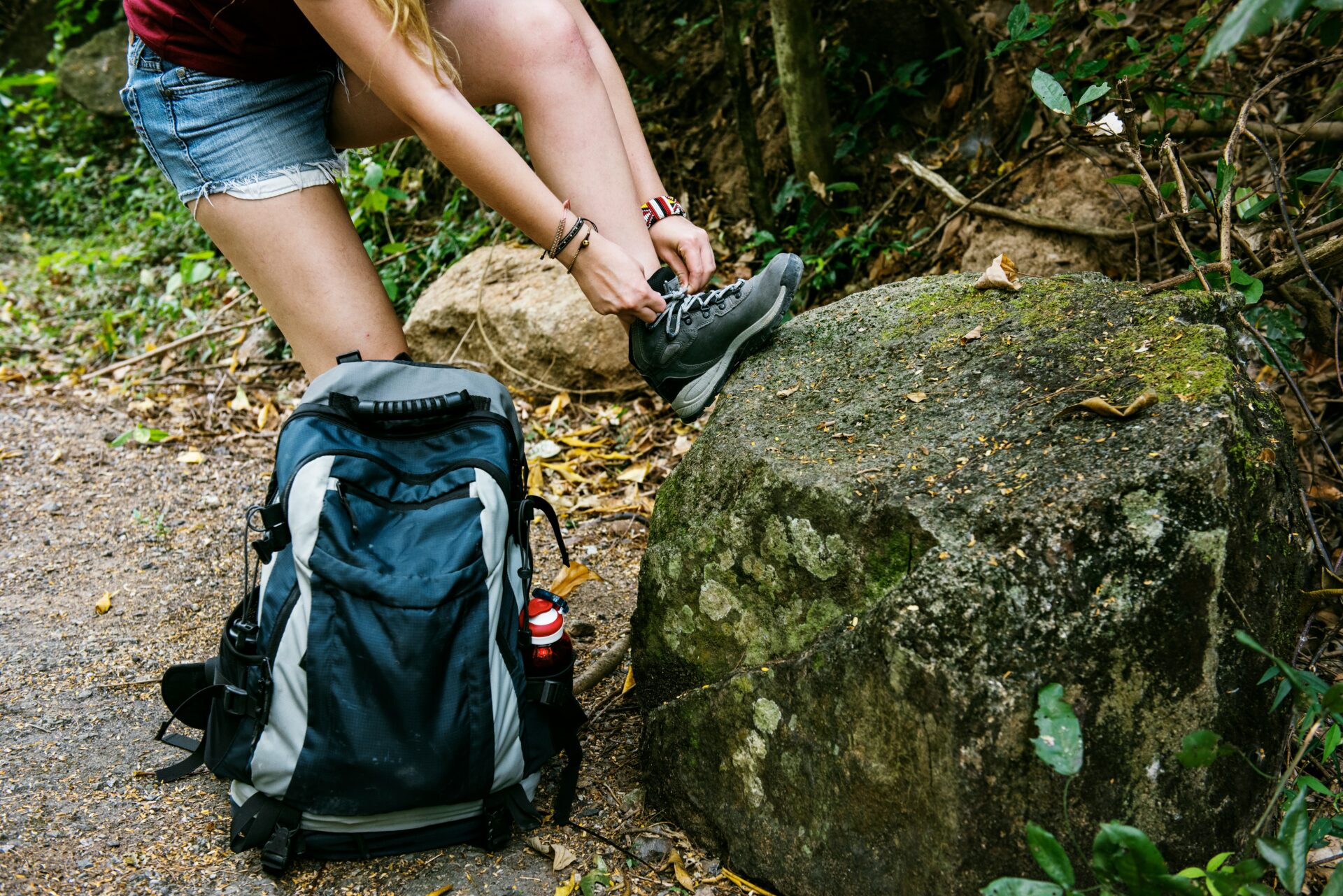
Immersive Camping and Nature Experiences
Camping in South West England gave me some of my favorite nights—wild coastlines, hidden fishing spots, and campfire hangouts with new friends. The mix of cliffs, clear rivers, and rolling hills made every trip memorable.
Unique Campsites with Stunning Views
Waking on a Cornish clifftop, I opened my tent to crashing waves and circling gulls. Devon and Dorset have campsites perched right above turquoise bays or tucked into hills with endless countryside views.
One time, I stayed at a family-run site by Exmoor National Park. Sunsets there turned everything gold, lighting up wildflower meadows and distant sheep. Many sites kept things simple—you could bring your own firewood or rent a bell tent for a cozy night. Some had trails starting right at your tent flap, no car needed.
My favorite campsite perks:
- Cliff and beachside tent spots
- Peaceful, basic sites
- Direct access to hiking trails
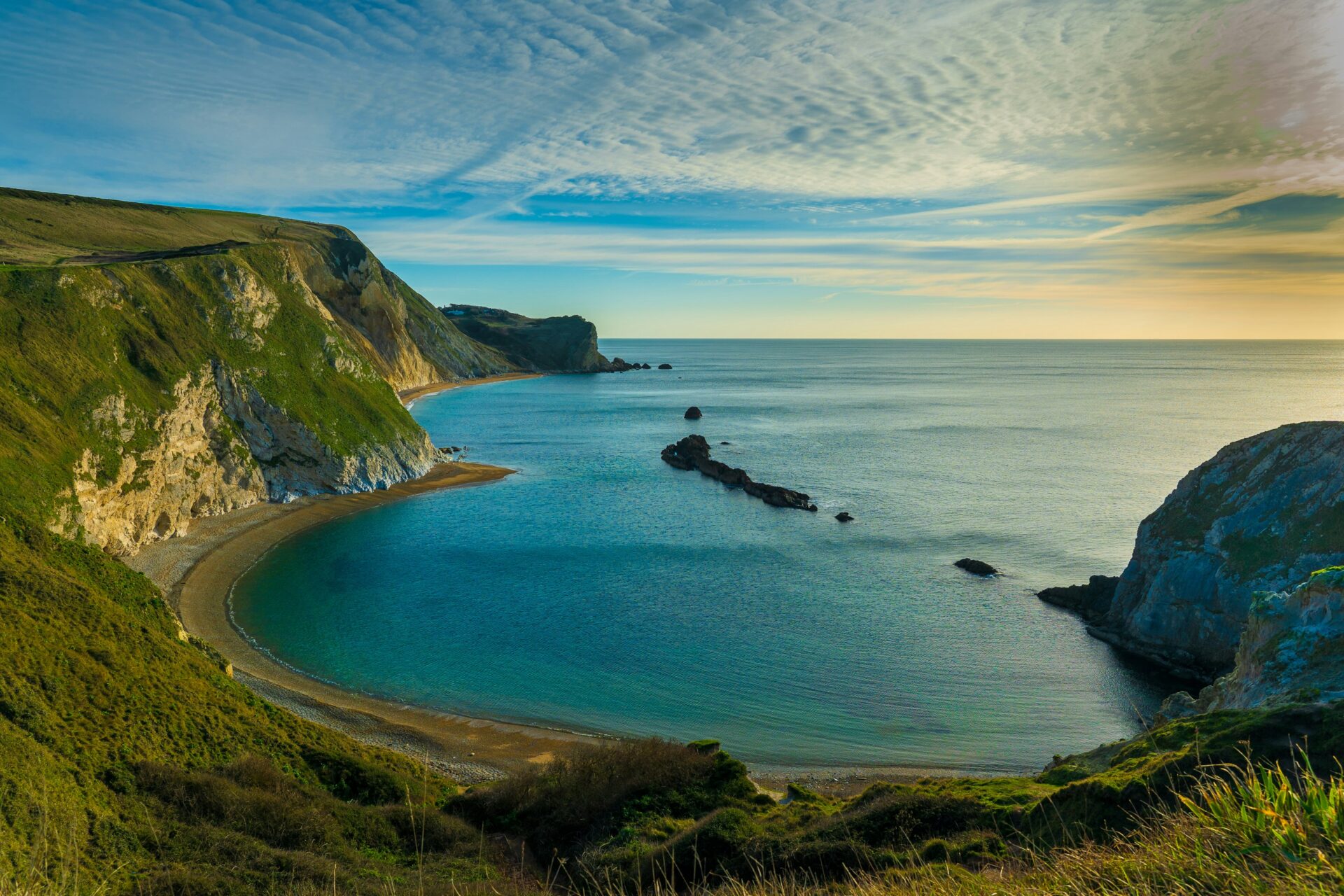
Fishing and Kayaking in Crystal Waters
I liked fishing early, along the River Dart or in tiny inlets hidden in Cornwall’s rocks. With a light rod and a bit of patience, I caught sea bass and trout—even as a beginner. Local shops rented gear and shared tips if you needed them.
Kayaking got me even closer to the action. In South Devon, I joined a guided kayak tour on the Salcombe estuary. I paddled over clear water, watched seals sunbathe, and slipped into hidden sea caves. Summer usually brings calm water, so it’s safe for newbies and families.
Why I loved it:
- Both river and sea fishing
- Wildlife up close
- Easy, well-marked kayak routes
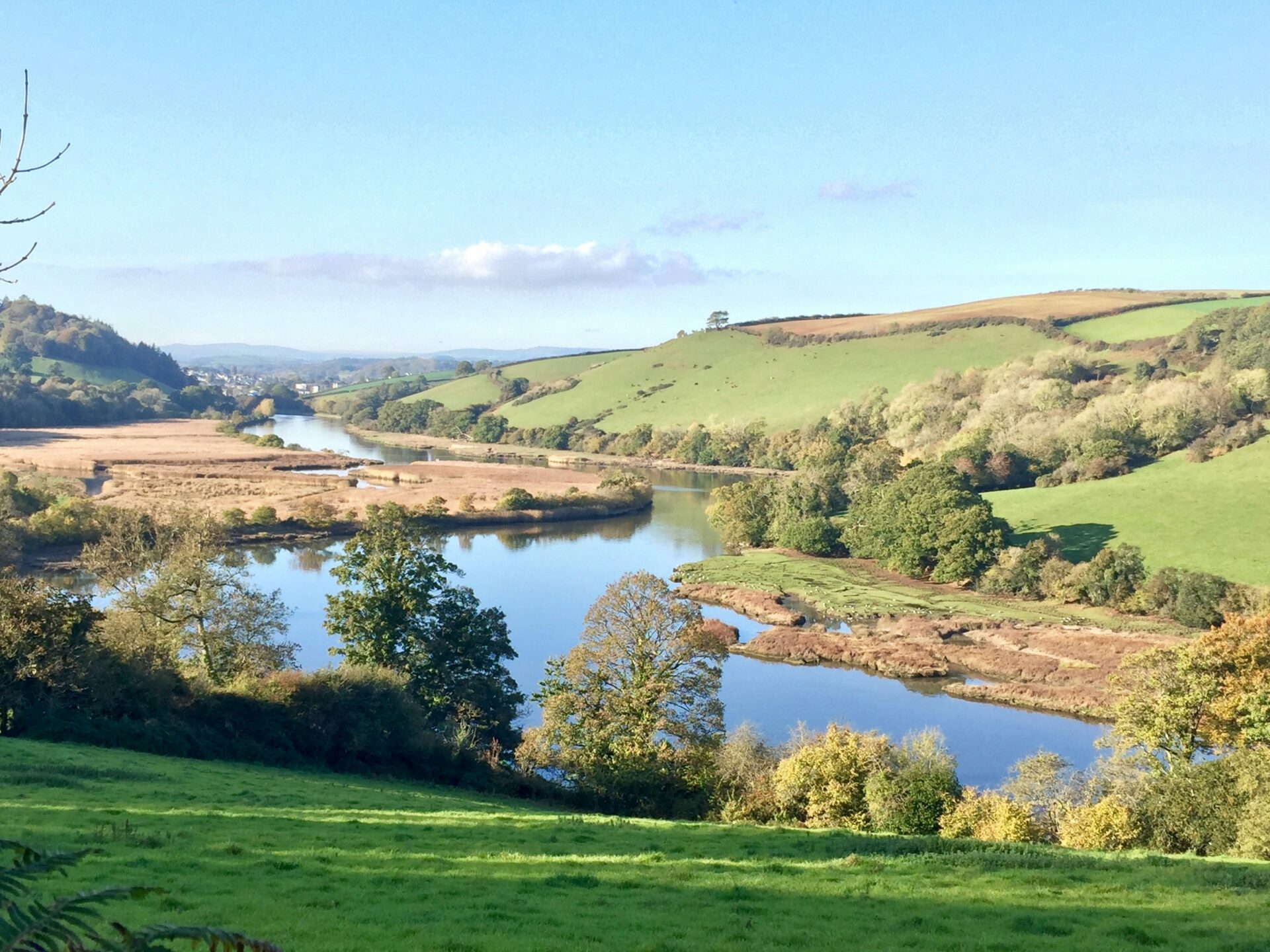
Campfire Evenings
After long days outdoors, nothing beat a campfire as night fell. Most campsites allowed small fires, so I always brought marshmallows and local cider. Swapping stories or just listening to the crackle became a nightly thing.
Sometimes, local musicians stopped by with a guitar, and we traded hiking stories over toasted bread and sausages. Even when the wind kicked up, huddling by the fire with a blanket made me feel part of the place and the people.
Campfire tips:
- Always check fire rules at your site
- Buy wood locally to help out the area
- Pack warm layers and easy snacks

Journey Through the Region’s Rich History
South West England feels like a living storybook. Every corner holds a new tale—castles on cliffs, fishing harbors full of tradition, and echoes of the past in every street.
Exploring Ancient Sites and Castles
Walking through Tintagel Castle’s ruins, I almost believed the King Arthur legends whispered in the wind. Cornwall and Devon overflow with historic spots—from ancient stone circles to towering medieval castles. St Michael’s Mount was unforgettable; I climbed winding steps while the sun set on the old castle walls.
If you love a mix of scenery and old buildings, check out Bath for Roman baths and grand Georgian terraces. Bath Abbey’s stained glass filled the church with color. Corfe Castle rises above the Purbeck hills, its broken towers perfect for a picnic and a view. Each place combined dramatic history with rural beauty.

Charming Coastal Villages
The fishing villages along the South West Coast feel both timeless and alive. Mousehole, Port Isaac, and Clovelly all have stone cottages, twisting lanes, and harbors dotted with boats. As I walked the South West Coast Path, I kept stopping to take in postcard-perfect scenes.
In Padstow, I grabbed fresh crab sandwiches by the water. St Ives drew me in with art galleries just steps from the sand. These aren’t just pretty places—they’re full of local life, with friendly shopkeepers, cozy pubs, and homemade pasties I couldn’t resist. Wandering backstreets or ducking into a tearoom made me feel right at home, even if it was just for the afternoon.
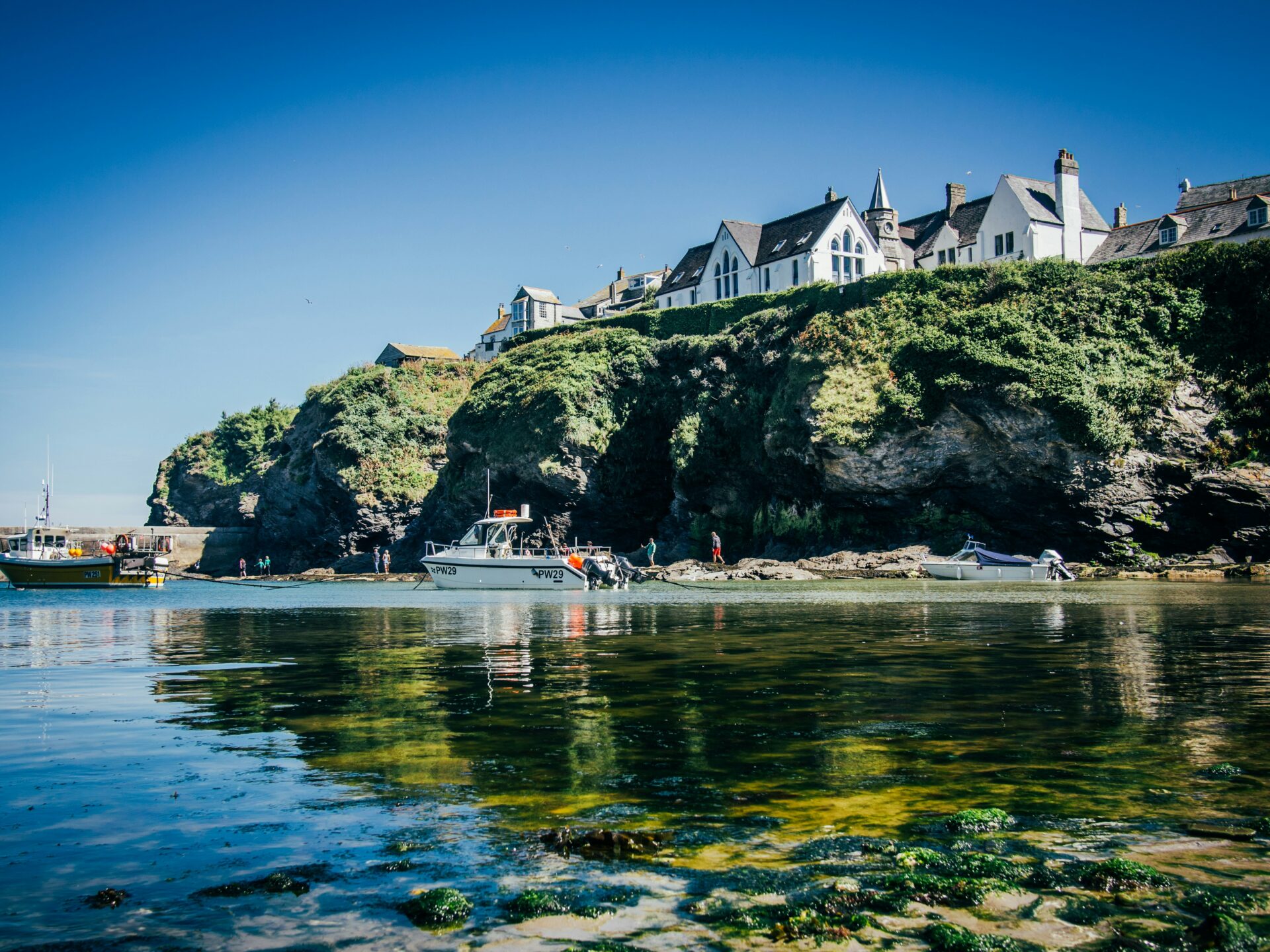
Local Legends and Folklore
Folklore in this region gives every hill, cove, and moor that little extra spark. I heard stories about Dartmoor’s misty hills—locals say spectral hounds haunt them. Down along the Cornish coast, the mermaids of Zennor still pop up in conversations and local imaginations.
It doesn’t take long to stumble on tales about giants, shipwrecks, or old smugglers, especially when you’re chatting with guides or locals at the pub after a hike. At Jamaica Inn on Bodmin Moor, I sat by the fire listening to ghost stories. Each one seemed wilder than the last.
Cornwall’s standing stones, like The Merry Maidens, come with their own myths. Some say villagers turned to stone for dancing on a Sunday. These stories made my countryside walks feel like little adventures—I started looking closer at every rock and shadow, just in case.

Incredible Food Finds and Culinary Surprises
South West England surprised me with its food. There’s so much to try, from ocean-fresh seafood to hearty pub meals and quirky regional snacks.
Every meal felt like an event, honestly. Each spot had something special I couldn’t find anywhere else.
Fresh Seafood Markets
I loved starting my mornings early at the harbors in places like Padstow and Brixham. The smell of salt in the air and fishermen hauling in their catch set the scene perfectly for breakfast.
Stalls sold fish and shellfish that had been swimming just hours before. Local markets always had options I rarely see at home. Sometimes I’d grab mackerel straight from the grill, or a crab sandwich from a food truck.
A few markets let you pick oysters right from the beds. I found that both fun and delicious. The vendors were friendly, often giving tips on how to cook or season their fish.
If you’re into seafood, bring a small cooler bag. It’s the best way to take home smoked salmon, fresh prawns, or those famous Cornish sardines.
Seafood Favorites I Discovered:
| Seafood | Best Place Found | Serving Style |
|---|---|---|
| Crab | Brixham Harbour | Crab sandwich |
| Oysters | Falmouth | Raw, with lemon |
| Mackerel | Padstow | Grilled |
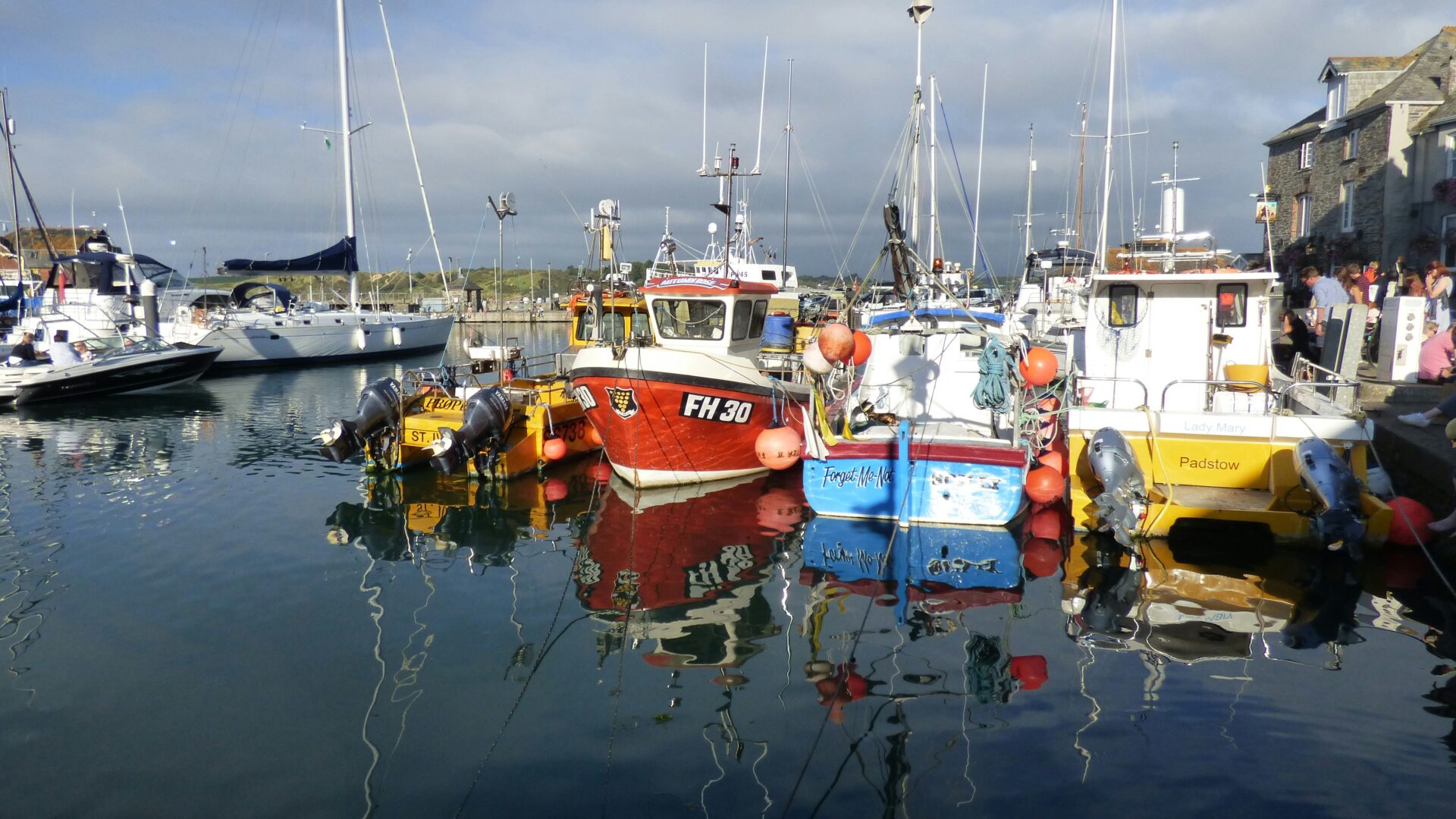
Hidden Gastro Pubs
There’s nothing quite like stumbling into a small country pub after a day outdoors. I found a bunch tucked away in tiny villages, each putting their own spin on classic British food.
Some of these pubs sit in old buildings with low beams and crackling fireplaces. Menus focus on local produce. I remember digging into homemade beef and ale pies, and once, a plate of Devon lamb with mint sauce.
The ciders on offer changed every time I visited. That kept things interesting. Meeting locals over a pint felt easy—sometimes the chef would pop out to chat about where they got their ingredients.
These hidden gems really showed me what farm-to-table means in this part of England.
Recommended Pub Experiences:
- Baked cheese and ale pie in Dartmoor
- Sticky toffee pudding by the fire in Somerset
- Tasting flights of West Country ciders
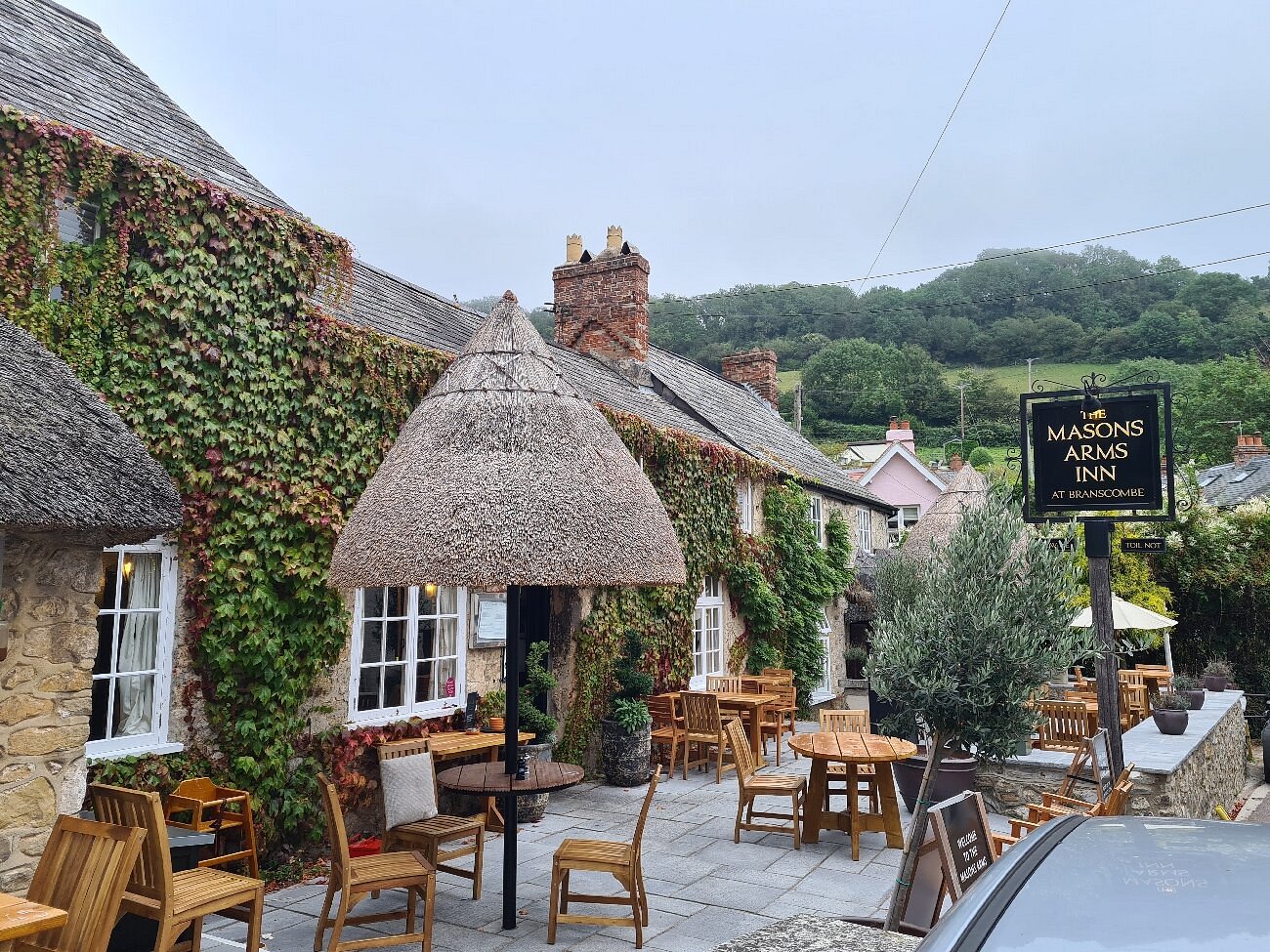
Savoring Cornish Pasties and Local Treats
Trying my first real Cornish pasty was such a highlight. Warm, hearty, and wrapped in flaky pastry, it quickly became my go-to snack. Every bakery had its own twist, but I kept coming back to the classic steak and potato.
Besides pasties, I made time for scones with clotted cream and jam. Honestly, nothing beats that after a long walk, especially in a cozy tearoom.
I also picked up farmhouse cheeses and honey at local markets—they were treats worth carrying home. The sheer variety of snacks surprised me. On a rainy afternoon, a fresh saffron bun or a slice of fruit-packed lardy cake with tea felt like the perfect comfort.
These little food moments felt like a proper welcome to South West England.

Discovering South West England’s Natural Wonders
South West England really wowed me with its mix of wild coasts and lush green spaces. If you love nature, there’s something here for you.
Dramatic Cliffs and Rugged Coastlines
Cornwall and Devon’s coastlines are famous for their dramatic cliffs and rocky stretches. I remember standing on the edge of Tintagel’s cliffs, just watching waves crash far below. The salty wind and sea foam made the whole scene feel alive.
Some of my best hikes happened along the South West Coast Path, especially near the Jurassic Coast. The trail winds past fossil beaches, hidden coves, and old stone arches.
Every turn seemed to offer a new photo spot. Early mornings brought surprises—seabirds, seals, even dolphins leaping out beyond the surf. I always packed a camera and binoculars, just in case.
Must-try activity:
- Hike a section from Lulworth Cove to Durdle Door (about 2 miles).
- Bring a windproof jacket and sturdy shoes. The weather changes fast here.
These wild spots really show off England’s untamed side. Standing there, I got why artists and writers have always found inspiration in this place.
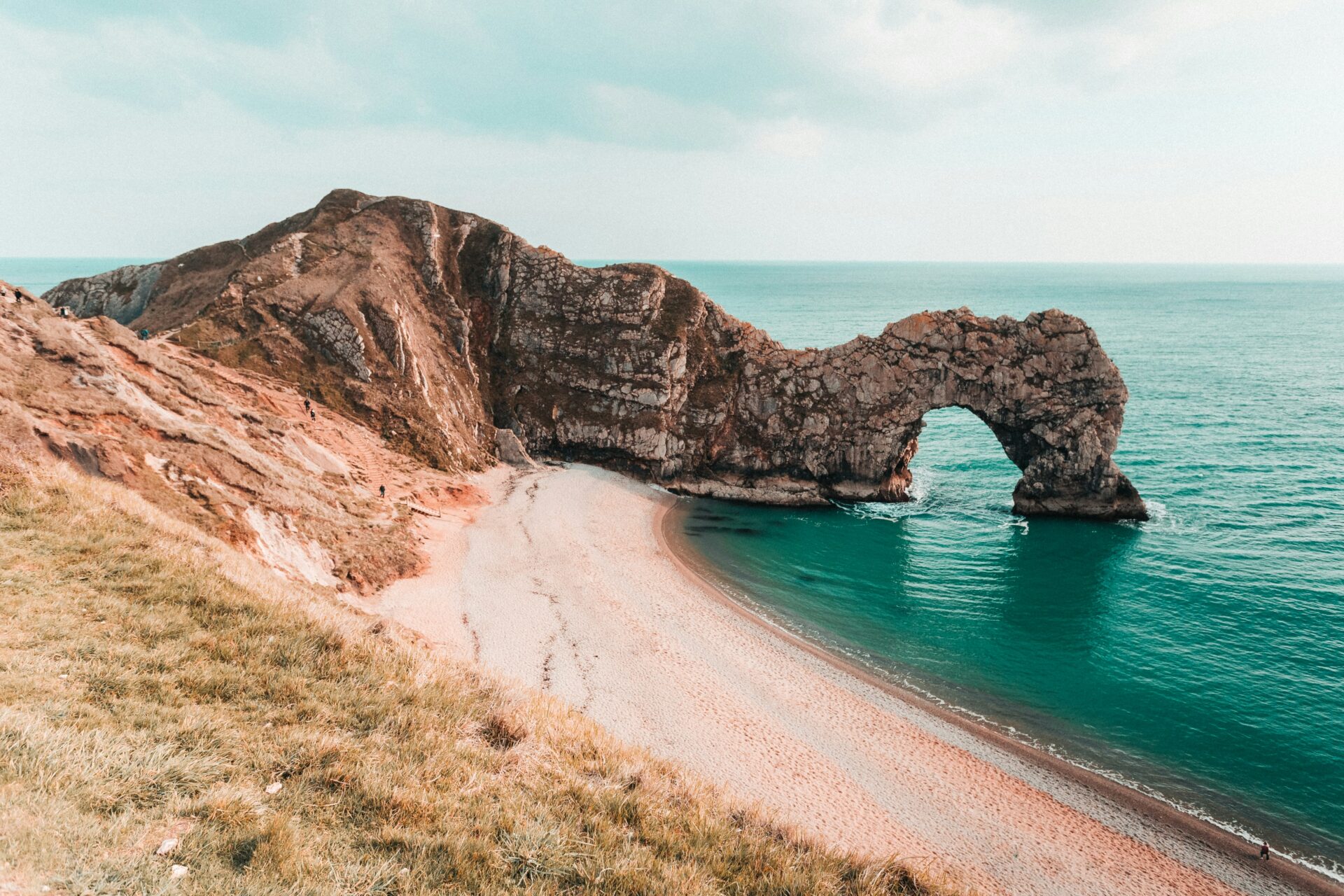
Wildflower Meadows
Inland, I found wildflower meadows exploding with color every spring and summer.
The fields near Exmoor National Park honestly took my breath away.
Purple orchids and bright yellow buttercups spread out in every direction, mingling with grazing ponies and butterflies darting overhead.
When I wandered through these meadows, it felt like stumbling into a secret garden.
Local guides sometimes lead meadow walks and point out rare species or old stone walls hiding among the flowers.
Birdsong drifts through the air while bees hop from bloom to bloom.
Wildlife to spot:
- Butterflies: Marbled whites, common blues
- Birds: Skylarks, goldfinches
- Small mammals: Rabbits, voles
Pack a picnic and sit for a while—honestly, the longer I stayed, the more I noticed.
These meadows aren’t just beautiful; they buzz with the wild, busy energy of South West England’s countryside.

